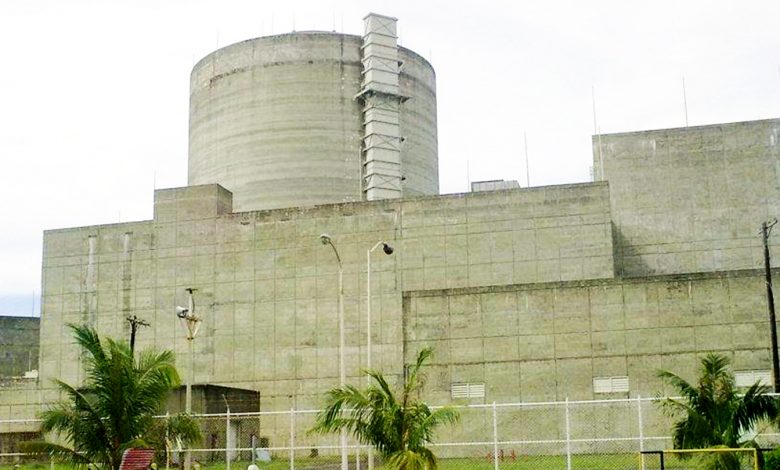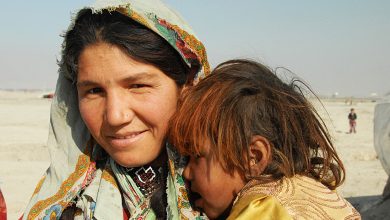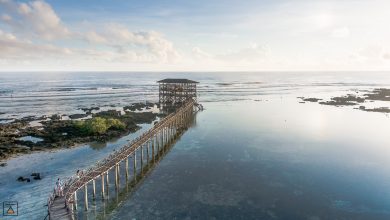
Nuclear Power a very real possibility for the Philippines
The Philippines is shaping up to be the first Southeast Asian country to have an operating nuclear power facility.
“I would love the Philippines to be the first one in Southeast Asia. And it starts with the one reactor it has to get on-line into operation,” says Agneta Rising, director-general of the World Nuclear Association.
The International Atomic Energy Agency (IAEA) has already cleared the 620-megawatt Bataan Nuclear Power Plant (BNPP), explains Rising. It was declared technically feasible for re-powering before it was abandoned. All studies by nuclear-expert countries stipulate that the facility can still be rehabilitated.
“It (BNPP) has been cleared by international organizations and it’s sort of fit to operate. Of course, there are things to do – but these will all be part of the learnings of a country getting into nuclear. You can have the large reactors and you can have one which you can start – and that would be very beneficial because the Philippines already invested in it,” she said.
Rising adds that the only missing links for the re-entry of the Philippines into nuclear power are clear policy direction and a firm commitment from the government.
According to her, international organizations like the IAEA could help in rebuilding the plant and assisting in its operation.
Transparency needed
Rising explains that opposition against the nuclear power will only arise if the government planning is not made transparent to the people. “It is vital that every detail shall be explained to the people,” said Rising.
She goes on to explain that nuclear energy is not just a cheaper cost for consumers. It also generates more jobs compared to other energy technologies.
“In Europe, they compared the number of jobs per installed capacity of energy — and it’s 3 times more jobs in nuclear than in wind. And if you compare with hydro, it’s 15 times more than hydro. So you can have very good high-skilled jobs that the young people would want to have,” she explains.
Last October 30, the IAEA turned over its integrated nuclear infrastructure review to the Department of Energy (DOE). This could be the country’s guide on the planned revival of the BNPP.
Ongoing study of PH-Russia Nuclear Deal
In a related development, President Rodrigo Duterte wants to first study Russia’s proposal to put up nuclear power plants in the country. This comes to light after their assertion of willingness to provide support for the Philippines in developing nuclear energy.
“Russia is a nuclear superpower. We have the most sophisticated technologies in this field. And we are ready to help the Philippines in developing your nuclear industry, provided that our Philippine partners want that,” said Russian Ambassador to the Philippines Igor Khovaev in an earlier press conference.
President Duterte earlier signed a memorandum of intent on the possible construction of nuclear power plants in the country. This was secured by the president in his recent trip to Russia. The president also secured up to ₱620M worth of business deals during the trip.
Duterte’s visit was bannered by a speech that reminded the world of Filipinos’ sovereign position:
“What we seek is fairness, equality and mutual respect. We want a strengthened rules-based order where countries, big or small, are treated the same. We want unimpeded freedom—guaranteed by our constitution— to exercise our right to govern ourselves as a people and as we saw it fit. And we want friends and partners to respect our independence to make sovereign decisions just as we respect theirs.”
If the Philippines and Russia agree on a nuclear deal, it would surely be a sign of the times. That Asia’s rising tiger isn’t afraid to return to nuclear energy, yes. But more importantly, that we’ve found new friends, and we’re willing to play ball with them.




